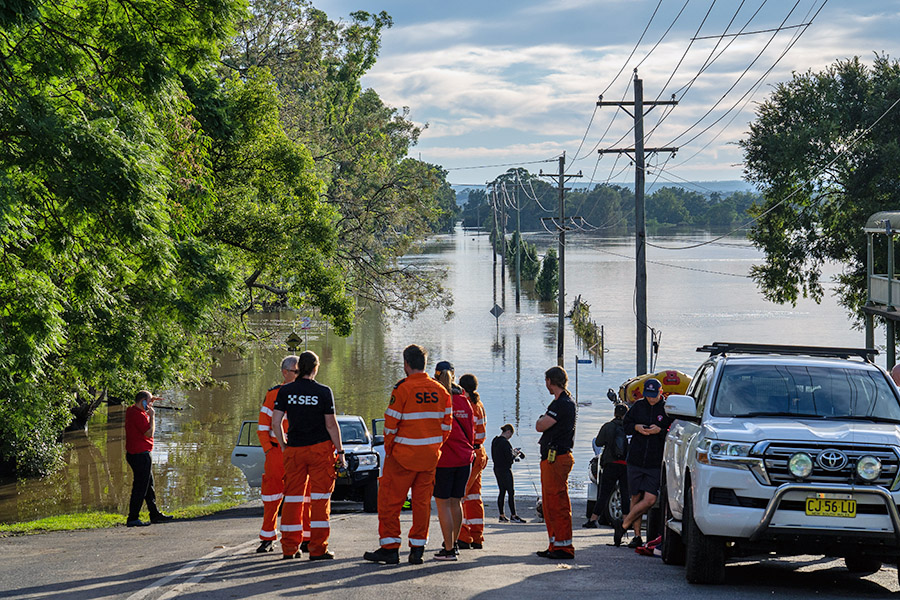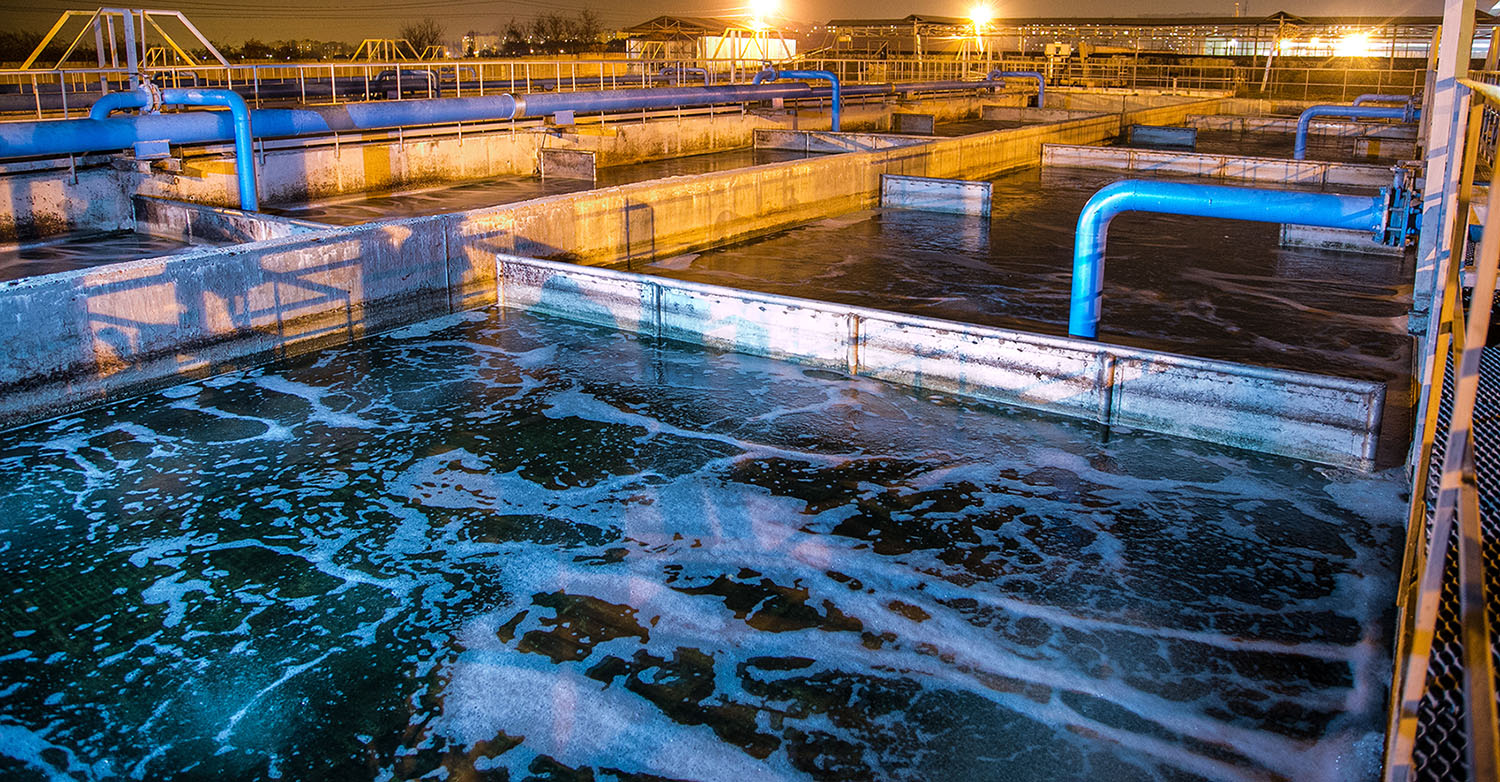Author: George White, Co-Founder and CEO
I had the pleasure of hosting a webinar on resilient infrastructure in June. It’s a massive topic that DOTs and engineering firms alike are very focused on now. Ed Sniffen, Chair of AASHTO’s Security & Resilience Committee and the Executive Director of Hawaii DOT, joined me along with two highly skilled consultants: Pat Bye an Independent Consultant and Deb Matherly the Director at MIRTA LLC. Both Pat and Deb have helped DOTs and construction firms from coast to coast tackle their resilient infrastructure challenges.
But let me back up. “Resilience” is such a buzzword these days that it is worth defining. For the purposes of our panel conversation, we defined resilience as the ability to rebound and restore service quickly after a disruption-encompassing everything from weather to cyber crime. The Federal Highway Administration defines resilience as “the ability to anticipate, prepare for, and adapt to changing conditions and withstand, respond to, and recover rapidly from disruptions.”
What struck me as the most significant idea of a conversation that was full of insights was:
Resilience, like safety, isn’t an “add on.” Rather, infrastructure projects should be entirely comprised of resilient processes and outcomes. When Ed brought this idea to the table: he said, you don’t hear about “safety” projects because all projects are designed with safety in mind. The goal, in his mind, is to ensure that resilience is wrapped around all projects. This requires, according to Pat Bye, “cross departmental collaboration: operations and maintenance working with planning and design.”
Another key point that emerged from our conversation is that DOT leaders find themselves at the center of this resilience conversation. In the words of Deb Matherly, “people expect DOTs to keep things moving.” Ed Sniffen shared fantastic insights around how Hawaii’s DOT shifted from a reactive, Emergency Response Plan, to a proactive Resiliency Action Plan.
DOT leaders across the country are tasked with bringing operational, political, and other stakeholder groups together to develop resiliency plans.
According to our panelists, here are some key considerations when creating a Resiliency Action Plan:
- Data is king. All of our panelists agreed that, the more you know, the better prepared you and your team will be to make resiliency plans that get funded, enacted, and that achieve your goals. Ed Sniffen said it succinctly: “For us, collecting more information, faster is always better.”
- Cataloging and tracking the state of your infrastructure assets will help you monitor vulnerabilities, plan proactively, and prioritize responses. Incorporate data from many sources to build the strength of your asset management tool and processes. Include:
Climate change forecasting and weather predictions
Knowledge from frontline staff
Time horizons and deterioration schedules to enables plans for staged interventions - Consider the interdependencies with other infrastructure like water, power, or communications. Be aware of potential cascading failures; work together in advance with your interdependent agencies.
- Ask yourself: “is this asset too expensive or too important to fail?” Look at who and what would be impacted by a catastrophic or long term failure. Incorporate this dimension into your management plans.
- Capture risks and costs (short term and long term) with lifecycle costing. When decision makers are making cuts, resilience measures are sometimes removed, but when you look over the lifetime of an asset, resilient infrastructure pays off.
- Communicate the benefit of your resiliency projects to stakeholders and the general public clearly and in an ongoing fashion. Transparency and real time visibility will help your agency or firm build trust.
I’ve only captured a few of our insights. All three panelists shared great examples of creating processes for resilient infrastructure projects. Listen to the full conversation here.



